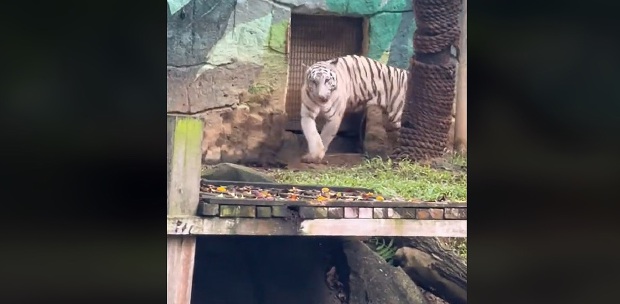THE newly arrived Year of the Tiger dominates talk during a gathering among childhood friends. After discussing at length about the many desirable qualities attributed to those born in the years that fell under the Chinese zodiac sign influence, conversation skews to the current topic at hand concerning the rapidly declining harimau population in Malaysia.
Alarmed by recent reports that our national animal might follow in the footsteps of the Sumatran rhinoceros and become extinct even before the current decade comes to a close, enthusiastic group members begin advocating possible measures to help advance awareness towards the seemingly insurmountable challenges faced by the striking jungle cat widely admired for its power, grace and strength.
While deliberating constructive suggestions, a general consensus surfaces for the need to get younger members of society on board in order for this noble endeavour to be truly successful. Interest in tiger conservation could be augmented by making known interesting tales of yore as that would definitely capture their imagination and leave lasting desired impressions. This innovative notion quickly opens the floodgates as everyone clamours to bare thoughts.
CHINESE ZODIAC ORIGIN
A friend, known for his interest in ancient myths, starts the ball rolling with the fascinating legend of how the tiger became part of the 12 animals representing the Chinese zodiac. Once upon a time, the Jade Emperor decided to hold a swimming competition among animals invited to his birthday celebration in an attempt to create a more orderly manner for people to measure time. As reward, the deity declared that the first dozen to cross a fast flowing river would each be honoured in a 12-year lunar calendar cycle.
As the animals lined up at the starting line, the rat and cat, who were then bosom buddies with equally inferior swimming capabilities and great disdain for water, managed to hoodwink the hardworking ox into ferrying them across on it back. The duo were delighted when their ride, known for its prowess in water, began to forge ahead of the pack.
Then, just as they were about to reach the opposite bank, the rat selfishly chose fame over friendship and shoved the cat into the water before leaping onto dry land ahead of the ox. Left struggling, the cat only managed 13th place. Furious at the unexpected treachery and failing to make the cut, it vowed to pursue and inflict revenge on its nemesis from that day onwards.
As our friend continues to rattle off names of the remaining winners, surprise fills the air when the lion instead of the tiger was mentioned. Visibly pleased with our undivided attention on the perceived error, he promptly clears the air by confirming that it was the lion which actually came in third and the tiger only received the deity's blessing as just replacement after the other animals complained of suffering immensely from the former's wrath which resulted from failure to reach the finishing line first.
TIGER CUB RESCUED
The far-fetched tale soon gives way to a more down-to-earth narration closer to home that reveals a true story highlighting the opportune bond between humans and feline in Negri Sembilan. Rescued by Gurkha soldiers near their camp in Bahau, a month-old female tiger cub received a second chance in life after its mother succumbed to injuries resulting from a booby trap set by communist terrorists bent on usurping power through a horrific 12-year armed uprising which began in 1948.
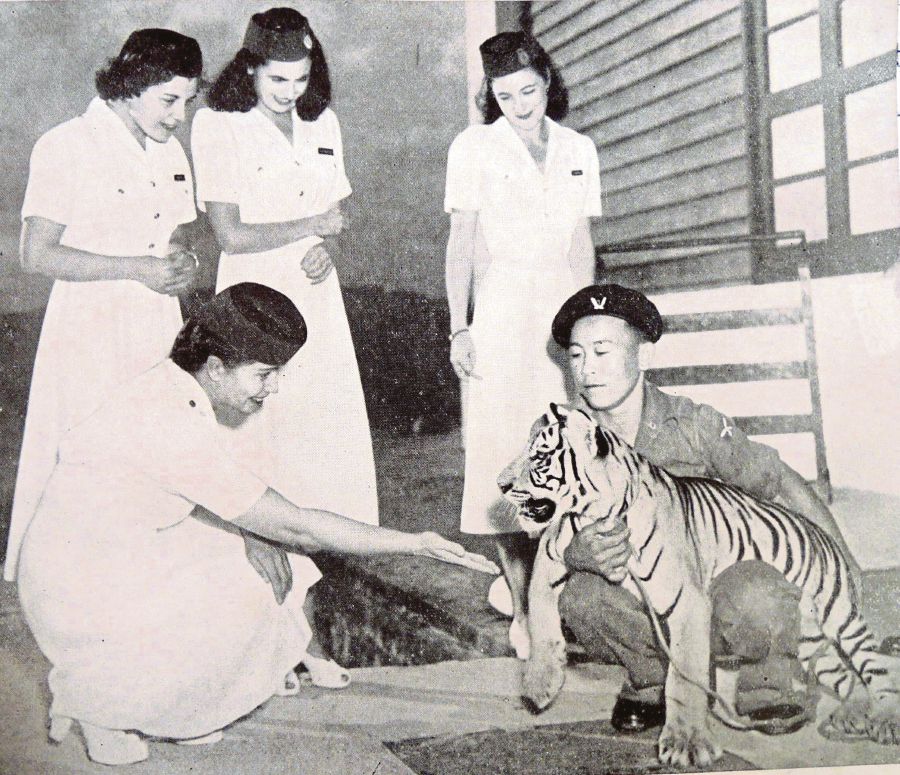
Captivated by her friendly and playful nature, the servicemen named the cub Nepti or "The Silent One" in Gurkhali. As news of the miraculous rescue began spreading like wildfire and created unnecessary distraction among the 7th Gurkha Rifle troops, the commanding camp adjutant thought it was best to put the rapidly growing feline under the care of his nearby Ladang Geddes rubber estate manager friend.
Although the manager's daughters, Merilyn and Jane, took an immediate liking to their unusual pet, Nepti only enjoyed a short taste of estate life as the manager and his wife soon discovered that the 6-week-old cub was too boisterous for the young girls to handle.
As last-ditch attempts to convince their parents that the presence of a tiger would help deter communist attacks failed, the heartbroken girls reluctantly escorted Nepti back to the Gurkha lines located close to the Bahau railway station. The next few months saw The Silent One roaming the camp and bounding about gleefully whenever the soldiers returned from patrol.
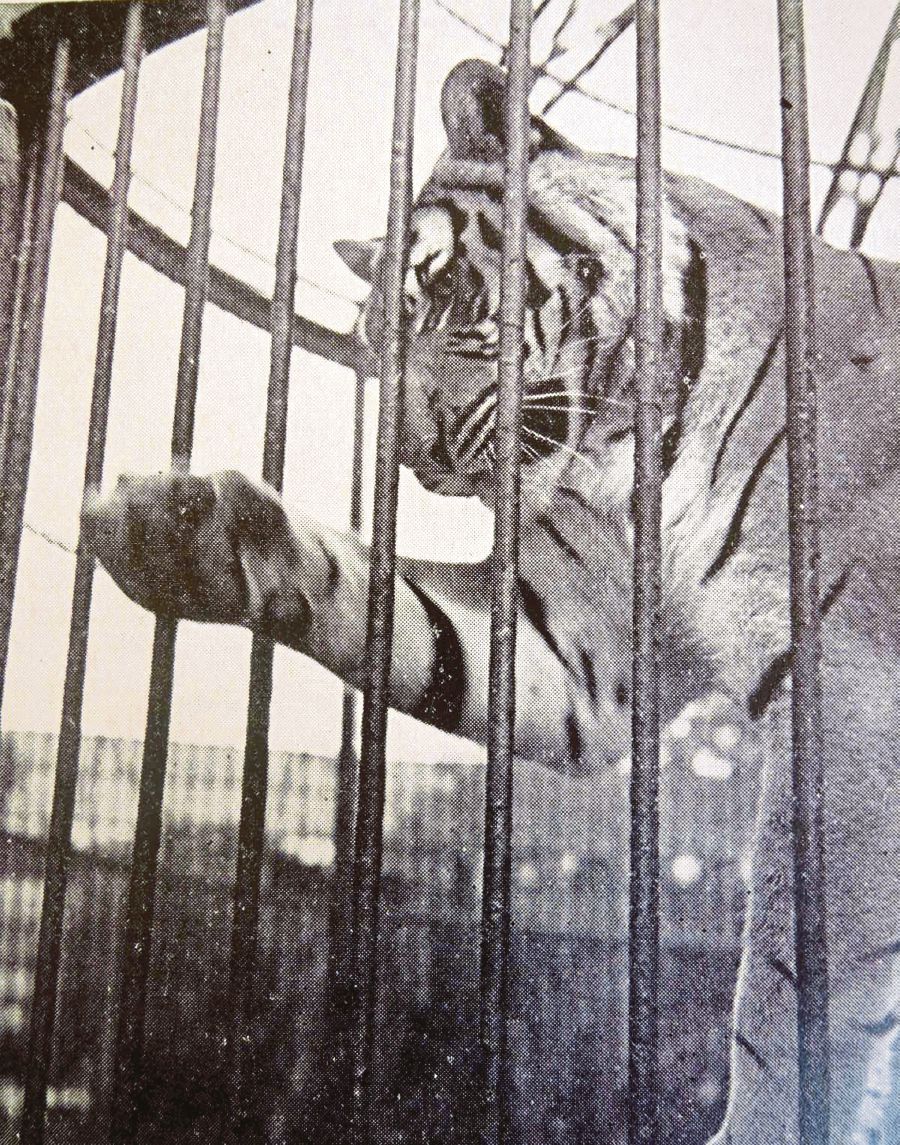
Initially, Nepti slept in a tent, tethered to the foot of a soldier's bed with a sturdy leash, but as she became well adapted to human presence, pampered Nepti was given her very own little sleeping quarters. Although thought of releasing Nepti back to the wild did arise, that option eventually came to nought as many feared that her natural instincts had been severely compromised after living in such close proximity to her human friends for such a prolonged period of time. Consternation regarding Nepti's successful adaptation to the uncompromising Malayan jungle prompted officials to secure arrangements for a permanent home at the London Zoo.
ZOO NEGARA TAKES ROOT
While agreeing on the appealing nature of the touching tale, conversation eventually turns towards the formation of our very own Zoo Negara whose humble beginnings could be traced back to 1958, when Malayans from all walks of life showed great interest in a variety of animals put on show at the annual Malayan Agri-Horticultural Association (MAHA) exhibition. Affection was particularly showered on Nikky, the Indo-Chinese Tiger, three orangutans named Jacko, Suzan and Jane together with six captivating estuarine crocodiles.

Positive public feedback in the Straits Times (today New Straits Times) gave reason for government officials, relevant societies and interested individuals to put heads together with MAHA committee member Victor Massy Hutson (later Tan Sri) and hold preliminary discussions in September 1958 on the establishment of Malaya's own National Zoo.
A Zoological Society was eventually set up on April 29, 1961 at Tunku Abdul Rahman Hall to facilitate finance and administrative endeavours as it was understood that the fledgling Malayan government could only provide limited support in terms of minimal annual subvention as well as tax and entertainment duty exemptions. With Rural Development Deputy Minister Haji Abdul Khalid Awang Osman serving as first president, the society was officially registered on Jan 2, 1962.
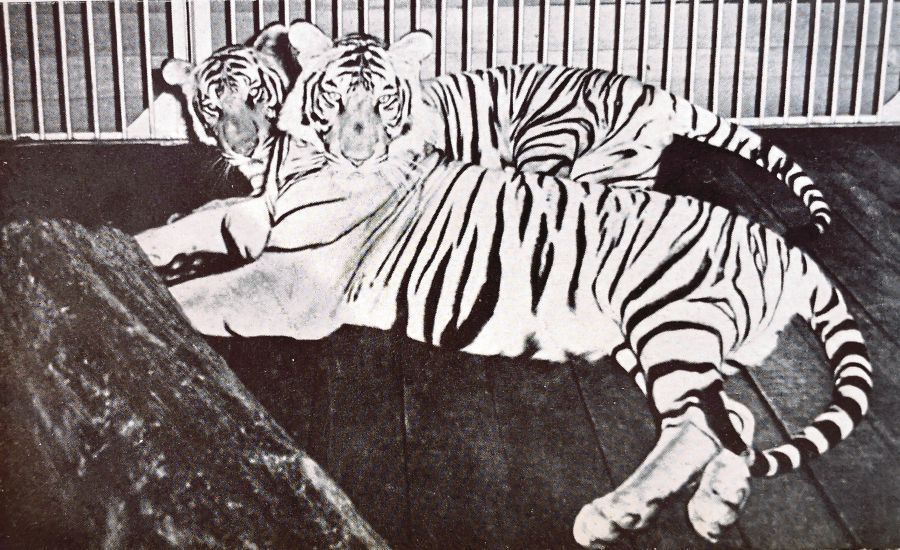
Apart from escalating cost estimates, society members were vexed by the inability to secure a suitable site with potential locations at the Lake Gardens and Templer Park failing, for various reasons, to tick the right boxes after close scrutiny.
The present site at Ulu Klang only came into the picture after Major Aubrey Neil Weinman visited Kuala Lumpur in his capacity as Colombo Dehiwala National Zoo director. During the month-long stint to lend Zoo Negara a much-needed helping hand, the decorated Ceylonese soldier, civil servant and naturalist came up with a detailed proposed layout plan and gave many useful exhibit development recommendations.
Thanks to the undivided support from first Prime Minister Tunku Abdul Rahman Putra Al-Haj, 16.9ha (42 acres) were secured together with an additional 40ha expansion option. Kampung Ulu Klang at that time consisted of just a dozen wooden houses surrounded by dense jungle and rubber estates. Reality, however, struck soon after when society members faced fact that they had bitten more than they could chew as their initial project concept only allocated a meagre RM50,000 for a humble 1.61ha site.
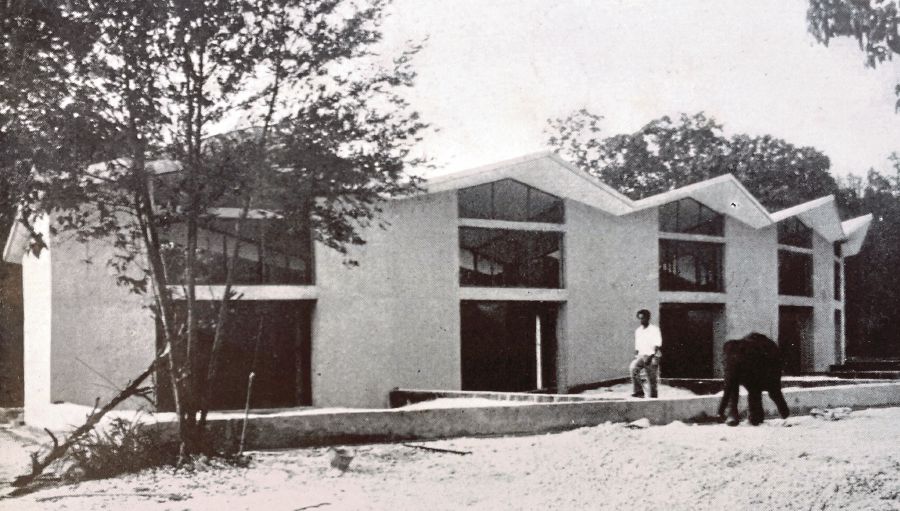
Fortunately, good governance, prudent spending and a burgeoning current account surplus stood the Tunku-led cabinet in good stead to easily set aside provisions for a generous RM1.25 million grant. This sound financial footing allowed work to begin under the watchful eye of architect Kington Loo. Perimeter fencing that was first to appear was quickly followed by the construction of successive buildings and enclosures. Even the nationwide railway strike in late 1962 failed to put a dent in the progress.
PRIDE OF THE NATION
Officially declared opened by Tunku Abdul Rahman, the National Zoological Park threw its doors open to members of the public on Nov 14, 1963. Charging just 50 sen for adults and 20 sen for children, the nominal fee ensured everyone had access to the pride of the nation which initially went by the name Taman Haiwan Negara.
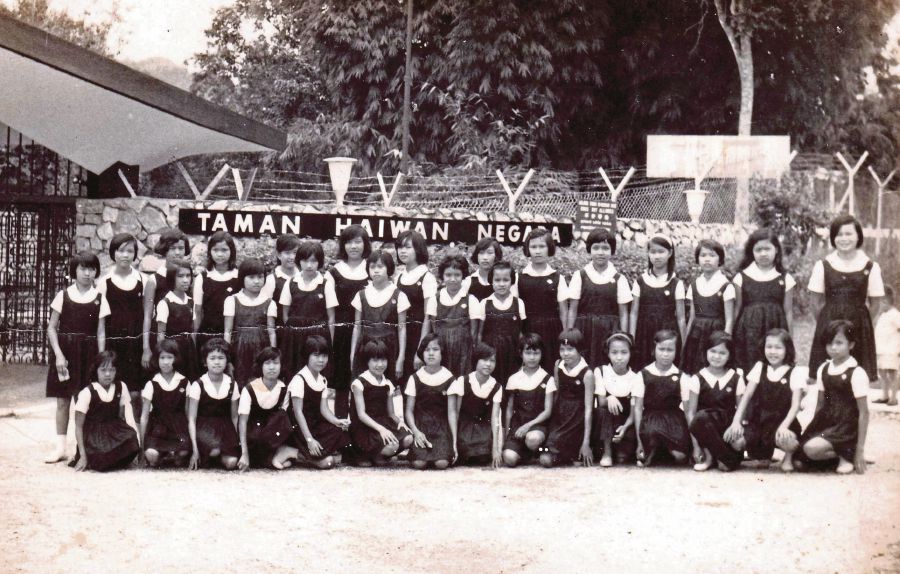
Defying critics of its then far-flung location, the zoo welcomed its one millionth visitor in student Juliana Chan just three short years later. Popularity grew by leaps and bounds as more animals were brought into the fold. The sensational arrival of a Kenyan giraffe pair, a first for their kind, prompted sponsors to happily loosen their purse strings and invest heavily in a feature film documenting their eventful Indian Ocean voyage and eventual successful adaptation to their new home in Malaysia. Screened at cinemas throughout the nation, the effective publicity blitz began pulling in younger crowds like never before.
In the aftermath of the May 13 riots, Zoo Negara was publicly commended by the National Operations Council for waiving the entrance fee for all visitors on Sept 21, 1969. This exemplary show of goodwill was well received that 40,000 people of all races took opportunity to mingle freely as a united society while enjoying the natural wonders at Ulu Klang.
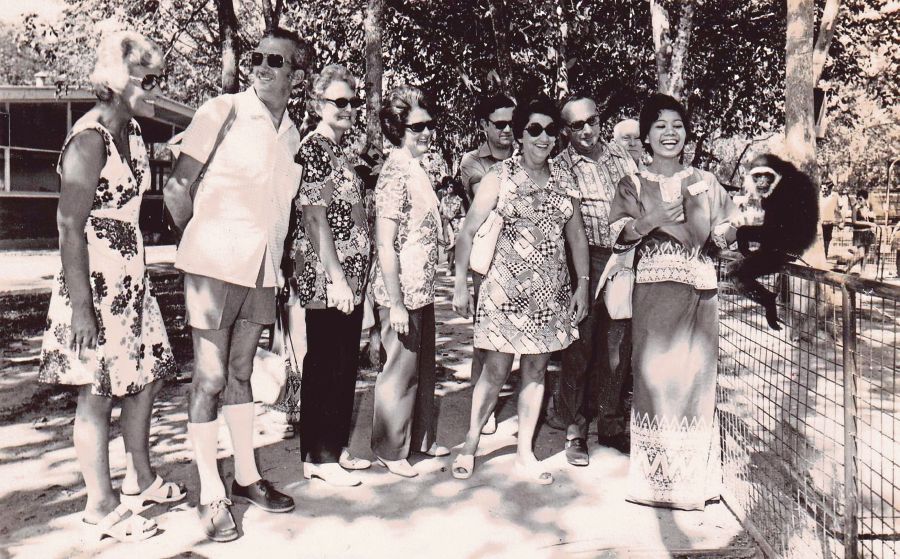
The overwhelming success bolstered, by the presence of eager children who came by the droves, prompted Zoo Negara to continue working closely with various sponsors such as the Malayan Banking Bhd (Maybank), whose widely recognised logo includes a stylised tiger head. The concerted efforts persistently placed emphasis on various conservation and preservation endeavours in an attempt to drive home the urgent need to lend Mother Nature a helping hand. Until this very day, various successful breeding programmes have helped create awareness of the plight of many endangered local species, including the Malayan tiger.
Before calling it a day, our group members acknowledge Zoo Negara's key stewardship role in protecting our living national treasures and unanimously agree to meet up at Ulu Klang during the current festive holidays. Apart from supporting the zoo's enduring efforts, the visit will also serve as an opportune time to celebrate the Year of the Tiger together with the resident regal beasts whose zodiac sign now takes centre stage in the Chinese lunar calendar.





